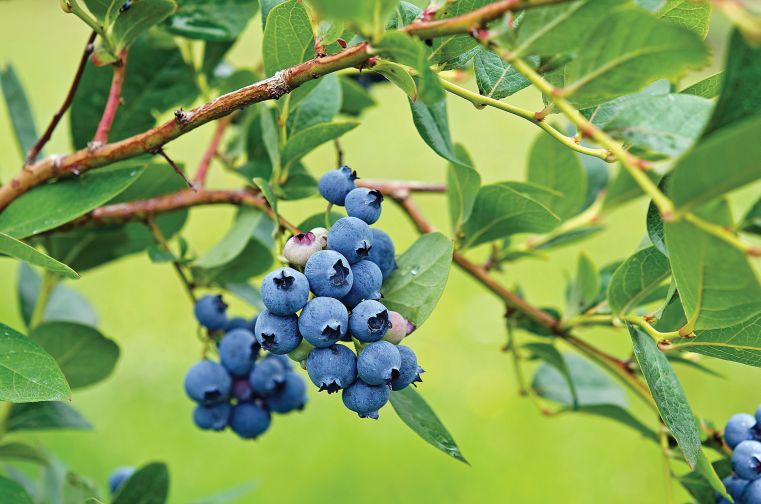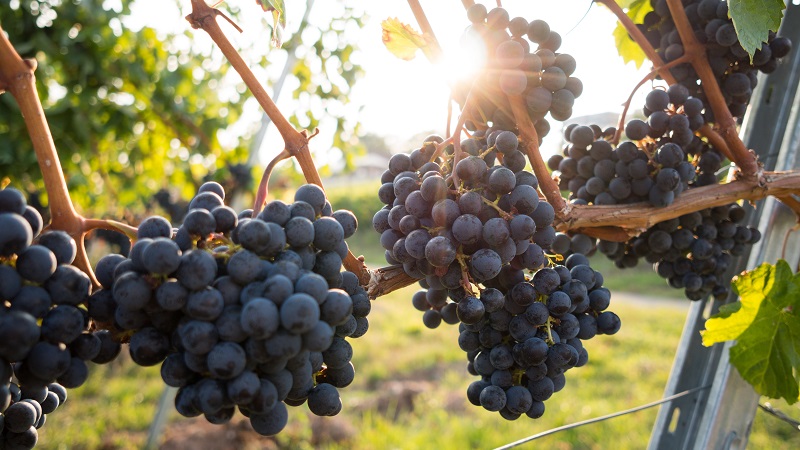Breeding For The Ideal Fresh Blueberry

Almost everybody favors sweet blueberries, but poor texture was the most mentioned downer, according to a University of Florida study.
Breeding blueberries is not easy. Breeders often work closely with growers and are aware of their changing needs. But consumer satisfaction with the end product is influencing new directions in research and development of horticultural crops, encouraging breeder focus on traits such as improved flavor.
With lengthy breeding cycles — up to 20 years from lab to the produce department, though we hope to cut that time considerably — it is critical to test the psychological perceptions that potentially influence consumer blueberry purchases before devoting resources and time to traits that might not have limited effect on marketability. Additionally, this information would be important for development of marketing, advertising, and packaging messages directed toward consumers.
However, consumer desires can be difficult to nail down. Multiple attributes influence a consumer purchase decision (think color, size, and perceived flavor) but the consumer might not necessarily be rational or consciously aware of the reasoning for this decision. Furthermore, cognitive bias may be introduced by and outright asking the consumer to identify their desires.
To avoid this, in two recent online studies we conducted, the consumer was presented with sets of three to four individual descriptive phrases or elements at a time, assaying the impact of a total of 36 specific blueberry sensory and psychological traits. In this manner, we were able to identify the individual traits that most impacted the likelihood of fruit purchases.
First, and this was perhaps most predictable, sweet and intense blueberry flavor resulted in the most positive purchase interest. Of those surveyed, 61% were most interested in the aspects of blueberry flavor. The two attributes that scored highest in consumer favorability were the flavor elements, with comments such as ‘‘so sweet — no sugar added’’ and ‘‘bold and intense blueberry flavor.’’
In contrast, five quality traits most detrimental to purchase weren’t from poor berry taste, but firmness and texture categories such as seediness or mealiness. Negative comments on texture included ‘‘mealy, pasty, and dry,’’ ‘‘lots of seeds, a bit of grit,’’ ‘‘tough chewy skin,’’ ‘‘mushy, melts in your mouth,’’ and ‘‘meaty, not juicy.’’
If that wasn’t complicated enough for blueberry breeders, the second most favorable attribute was not, as might be expected, great firmness and texture. The second largest segment of respondents (39%) was most influenced by the perceived health benefits commonly associated with blueberry fruit consumption.

Almost everybody favors sweet blueberries, but poor texture was the most mentioned downer, according to a University of Florida study.
Besides taste and texture, three elements from three separate categories stood out as being among the top five highest attributes desired by consumers. These were represented by such sample responses as: ‘‘full of juice,’’ ‘‘full of antioxidants,’’ and ‘‘berries are dark blue throughout.’’
Historically, many traits have been selected for blueberry breeding programs with growers in mind, rather than consumers. This has led to a focus on traits such as yield, disease resistance, and climatic adaptation, as the grower is the “customer” for new blueberry varieties. However, we believe fruit quality traits of interest to the consumer are what will continue to fuel production and profitability.
In recent surveys, only 48% of U.S. consumers had bought blueberries in the past 12 months compared with 88% of consumers who had bought the highest selling fruit, bananas. Of the 48% of U.S. consumers who purchased blueberries in the past year, 15% of these consumers were reportedly regular buyers of blueberries, according to Dave Brazelton of Fall Creek Nursery in Oregon.
Converting occasional blueberry purchasers into frequent purchasers would be the quickest way to increase market share. To provide the level of product satisfaction that will result in repeat purchases, it is critical to assess the expectations of blueberry consumers. Likewise, encouraging blueberry purchases by consumers who have not enjoyed fresh blueberries will be important to increase market penetration.
This study suggests breeders and growers should devote resources toward selecting for improved blueberry flavor, and marketing strategies to sell blueberry cultivars of superior flavor may be appropriate to meet consumer desires. ●









